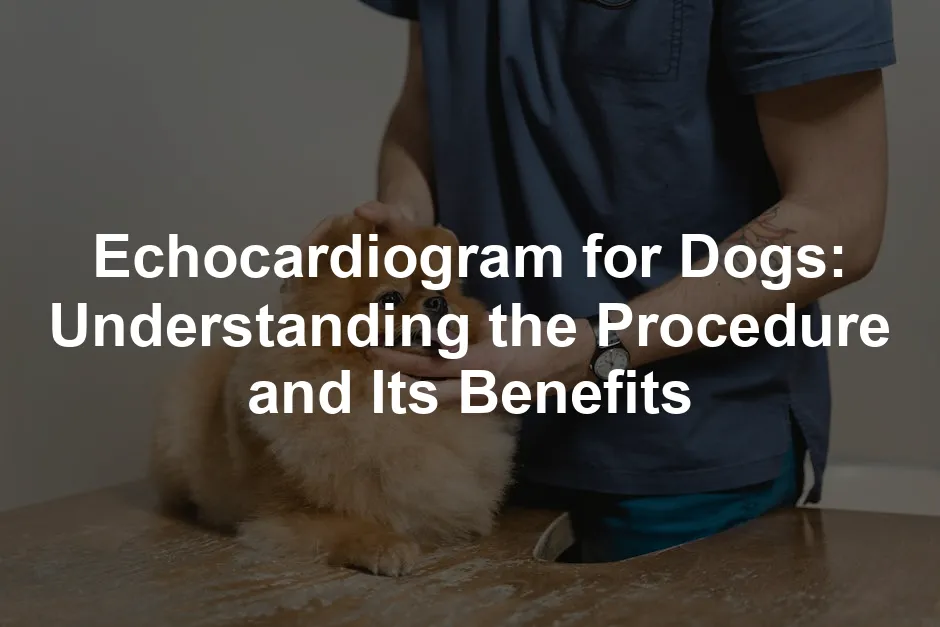Introduction
An echocardiogram, or cardiac ultrasound, is a vital tool. It helps veterinarians assess your dog’s heart health. Monitoring heart health is crucial for dogs, as heart issues can arise at any age. This article aims to inform you about the echocardiogram process, its necessity, and what to expect during the procedure.
If you want to ensure your dog stays comfy while waiting for their heart check-up, consider getting a Furhaven Orthopedic Dog Bed. It provides the ultimate support for those tired paws after a long day of barking at the mailman!
Summary and Overview
An echocardiogram uses sound waves to create images of your dog’s heart. This procedure plays a key role in assessing heart health and function. Regular check-ups are essential, especially for dogs with risk factors like age or breed predispositions. The echocardiogram is non-invasive, making it safe for pets. Potential outcomes may include identifying heart conditions or guiding treatment plans based on the results. Early detection can significantly improve your dog’s quality of life. If your veterinarian recommends an echocardiogram, it’s a proactive step towards ensuring your furry friend’s heart remains healthy.
To support your dog’s heart health, consider adding Zesty Paws Heart Health Chews to their diet. These tasty treats are like vitamins for your pup’s heart, making health feel like a reward!

What is an Echocardiogram?
An echocardiogram, also known as a cardiac ultrasound, is a diagnostic procedure. It provides detailed images of your dog’s heart using high-frequency sound waves. These sound waves create real-time visuals, allowing veterinarians to assess heart size, shape, and function.
During the procedure, a special device called a transducer emits sound waves. These waves bounce off the heart and return, generating images on a monitor. One key component often used is Doppler ultrasound. This technology measures blood flow and can reveal abnormalities in heart function.
Echocardiograms are essential in veterinary medicine. They help identify heart conditions early, enabling prompt treatment. This non-invasive method offers invaluable insights into your pet’s heart health. If you suspect any issues, schedule an appointment for your dog’s heart examination.
And hey, while you’re at it, why not keep those pearly whites shining? The Vet’s Best Dog Toothbrush and Toothpaste Set can help your furry friend maintain their dental hygiene, because a happy dog is a healthy dog!
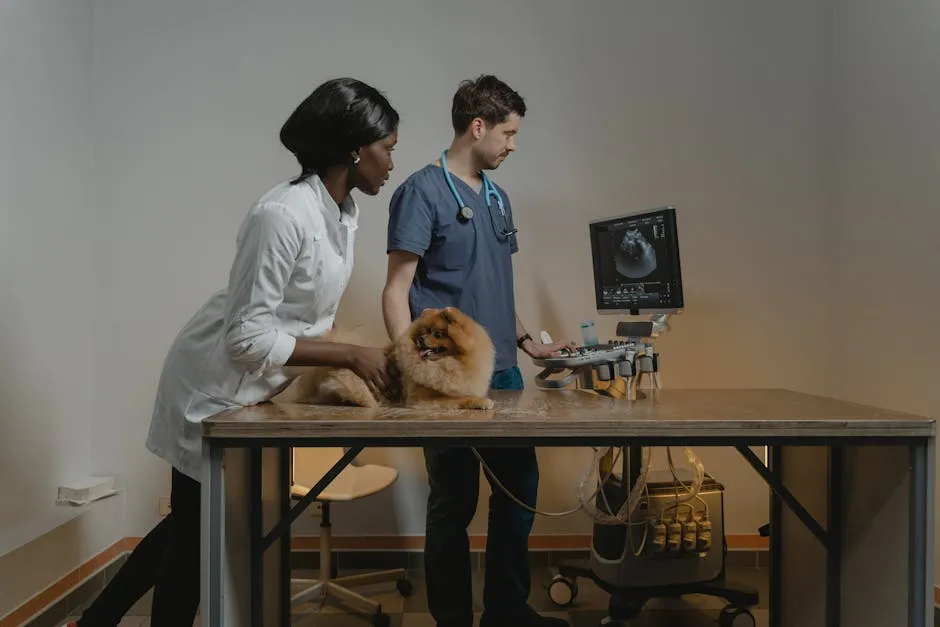
Why Might My Dog Need an Echocardiogram?
You might wonder if your dog needs an echocardiogram. Common symptoms include coughing, lethargy, or difficulty breathing. These signs may indicate heart disease, which can be serious if not addressed early.
Echocardiograms are crucial for early detection of heart issues. If your vet hears a heart murmur in dogs during an exam, they may recommend this procedure. Some breeds are more prone to heart problems, making regular check-ups vital.
Understanding heart murmurs can help you recognize when an echocardiogram is needed for your dog. Learn more about heart murmurs in dogs.
If your dog has a history of fainting or sudden lethargy, an echocardiogram could be necessary. Early intervention can significantly improve your dog’s health and quality of life. Consult your veterinarian if you notice any concerning symptoms.
While you’re at it, make sure your dog is comfy after their check-up with a PetFusion Ultimate Dog Bed. It’s the perfect spot for them to recover and snooze after their big day!

The Echocardiogram Procedure
Preparation for the Echocardiogram
Preparing your dog for an echocardiogram is essential for accurate results. Your veterinarian may recommend fasting for a few hours before the procedure. This helps improve image clarity during the ultrasound. It’s also important to maintain a calm atmosphere for your pet. Stress can affect your dog’s comfort and the procedure’s success. Creating a soothing environment can make a significant difference. Consider bringing a favorite toy or blanket to help your furry friend relax. Following these preparation steps ensures the best possible outcome for your dog’s heart assessment.
Speaking of comfort, if your dog struggles with anxiety, consider a Thundershirt Classic Dog Anxiety Jacket. It’s like a warm hug that helps calm your pup during stressful times!
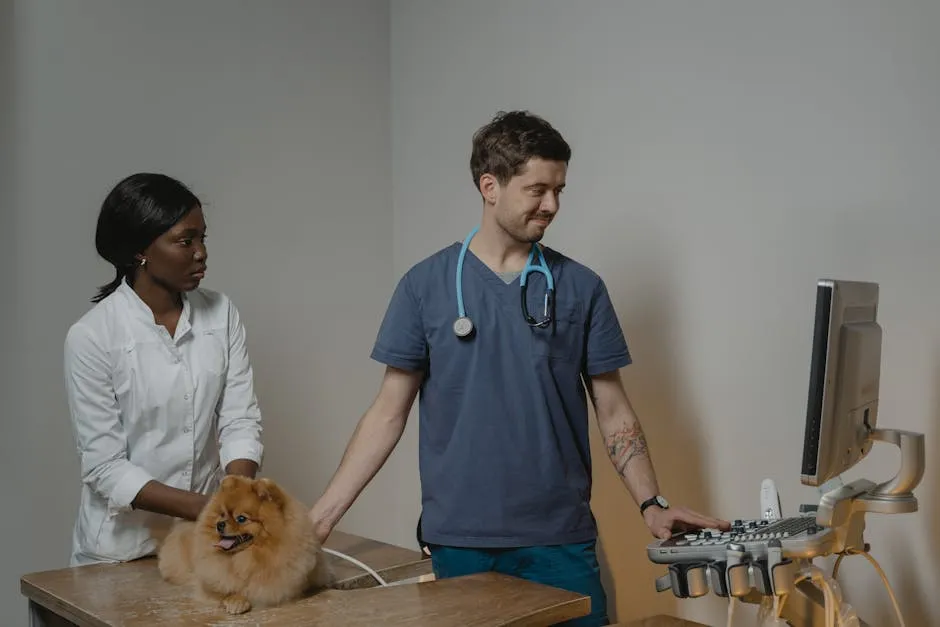
What to Expect During the Procedure
During the echocardiogram, your dog will lie comfortably on a padded table. A veterinary technician will apply ultrasound gel to your dog’s chest. This gel enhances sound wave conduction, allowing for clearer images. A handheld device called a transducer will be gently placed against the skin. This device sends sound waves into the heart, creating real-time images displayed on a monitor. Most pets remain calm during the procedure, requiring minimal restraint. In rare cases, sedation may be used, but this is not typical. Overall, the echocardiogram is painless and straightforward, providing valuable insights into your dog’s heart health.
After the procedure, your dog might be a bit dirty from the gel. Why not treat them to a clean-up with the Pooch Self-Wash Dog Washing Station. It’s a fun way to keep your pup clean while saving your back!
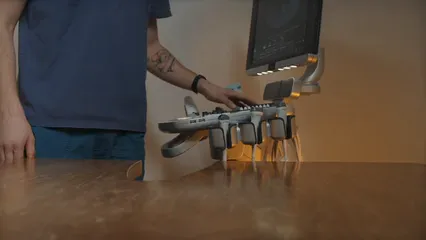
Duration of the Procedure
An echocardiogram typically takes about 30 to 60 minutes. However, this can vary based on your dog’s specific condition and how many images are needed. Factors such as your pet’s size, behavior, and any additional tests can influence the overall length. If your dog is calm and cooperative, the process may be quicker. On the other hand, more complex cases might require additional time for thorough assessment.
Post-Procedure Expectations
After the echocardiogram, your dog can usually return to normal activities right away. The veterinary team will review the images and discuss the findings with you. This discussion is crucial, as it helps you understand your pet’s heart health. Depending on the results, your veterinarian may suggest follow-up tests or treatments. This could include medication adjustments or lifestyle changes to support your dog’s heart health. Staying proactive about follow-up care can make a significant difference in your pet’s well-being.
Speaking of follow-up care, don’t forget regular grooming! The Dog Grooming Scissors Set is a must-have for maintaining that shiny coat. Because who doesn’t love a well-groomed pup?
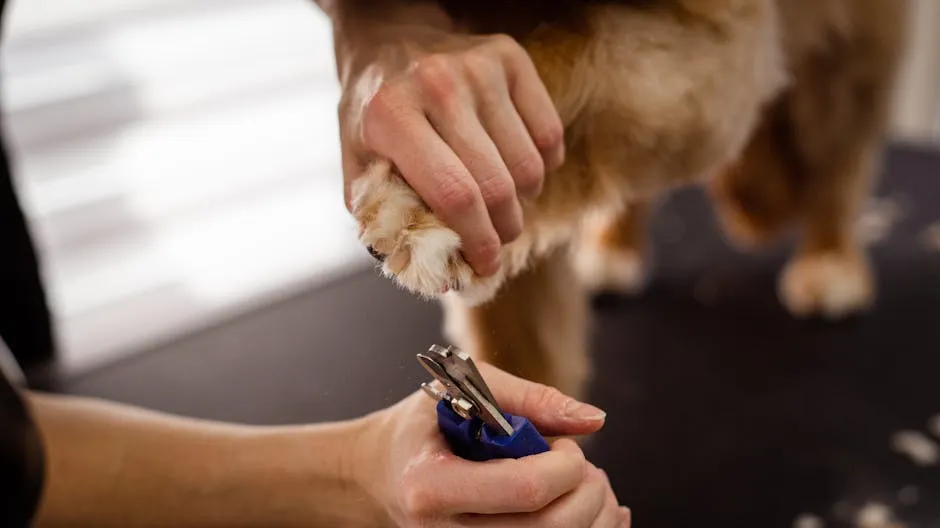
Common Questions About Echocardiograms for Dogs
Is the Procedure Safe?
Echocardiograms are generally very safe and non-invasive. They use high-frequency sound waves, which pose no risk to your pet. Most dogs experience minimal discomfort during the procedure. In most cases, sedation is not required. However, if your dog is particularly anxious, your veterinarian may discuss the option of mild sedation to ensure stillness during the echocardiogram. Overall, this procedure is a valuable tool for assessing heart health without the risks associated with surgical interventions.
To help your anxious pup, consider a PetSafe Bark Control Collar. It helps manage excessive barking that might add to any anxiety your dog may feel during check-ups!
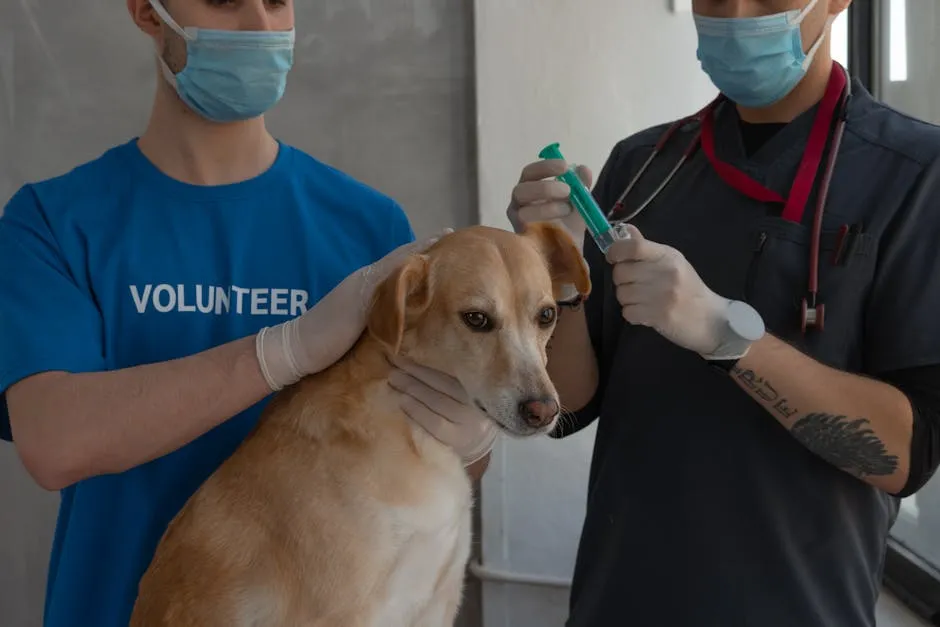
Will My Dog Be Sedated?
Sedation during an echocardiogram is not common. Most dogs can comfortably undergo the procedure without it. However, in some cases, mild sedation may be necessary. This is often true for anxious pets who may struggle to stay still. The goal is to ensure your dog is calm and relaxed, allowing for clearer images. Always consult your veterinarian about whether sedation is appropriate for your dog’s specific situation.
How Much Does an Echocardiogram Cost?
The cost of an echocardiogram can vary significantly. Factors influencing the price include location, clinic type, and your dog’s size. Generally, prices can range from a few hundred to over a thousand dollars. Specialty clinics with advanced imaging may charge more. Additionally, if other tests are needed alongside the echocardiogram, this can increase overall veterinary expenses. Always check with your veterinarian for an accurate estimate tailored to your needs.
And while you’re budgeting for your dog’s health, consider investing in a Dog First Aid Kit. Because accidents happen, and being prepared is always a good idea!

Conclusion
Echocardiograms are vital for maintaining your dog’s heart health. They help detect issues early, which is crucial for effective treatment. Regular heart health checks can significantly enhance your pet’s quality of life. If you have concerns about your dog’s heart, consult your veterinarian. Their expertise will guide you in ensuring your furry friend stays healthy and happy. Prioritize your dog’s heart health today!
And while you’re at it, why not reward your pup with something special? A KONG Classic Dog Toy is perfect for keeping them entertained while you discuss their health with the vet!
Please let us know what you think about our content by leaving a comment down below!
Thank you for reading till here 🙂
All images from Pexels

